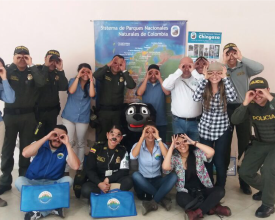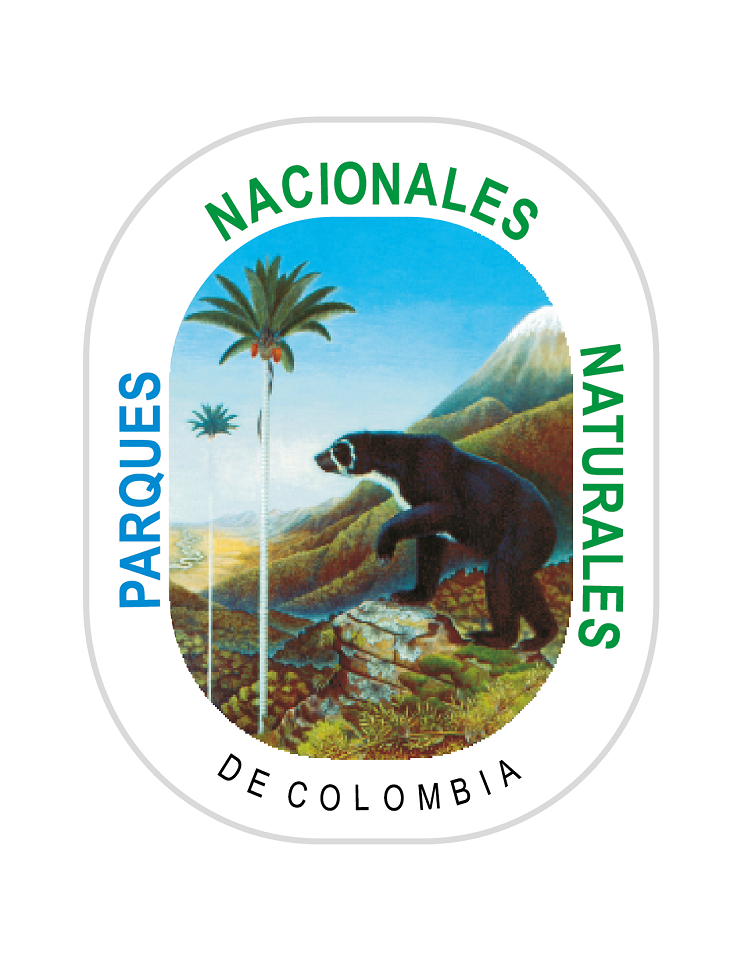
Ponte Los Ojos Por La Vida in Chingaza National Park: a multi-stakeholder strategy for Andean bear conservation

The Andean bear (tremarctos ornatus) faces serious threats, one of which is associated with the species' presence on local people's lands. Its population has declined due to the presence of negative interactions between the species and humans due to occasional consumption of domestic animals and crops such as corn, which can lead to hunting of the bear, in addition to the traditions of some human communities that persecute the bear. This long-standing conflict has now become an example of collaborative action between the authorities, civil society and local communities to conserve one of the country's most emblematic species through monitoring, environmental education and inter-institutional collaboration, contributing to the proper management of production systems and reducing the risks and pressures on this vulnerable species.
Impacts
Through camera trap monitoring, outreach and environmental education activities, and inter-institutional agreements with civil society support for related activities, a large number of individuals have been recorded, which demonstrates the growing trend of recovery of the species within the protected area. Community members from at least 3 municipalities in the park's area of influence have been trained, both from community boards and educational centers, where environmental and police authorities have also deepened their knowledge of the species. Based on good agricultural and livestock practices, progress has been made in the design of productive systems that are compatible with bear conservation, and through monitoring activities, the presence of more bear individuals has been evidenced, which are increasingly found in the park's protected areas due to the abundance of food sources. Likewise, numerous monitoring trips have been conducted with the communities and authorities, and publications have been generated to contribute to the dissemination and knowledge of the species.




